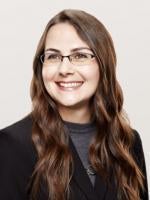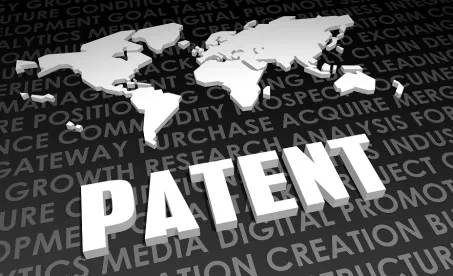In EIS GmbH v. Novoluto GmbH, IPR2020-00007, Paper 41 (Sept. 23, 2021), the PTAB found the patent owner had submitted sufficient evidence of secondary considerations to show nonobviousness.
The claimed invention related to a mechanical device for use on a human body, and a key limitation required that the device generate “a pattern of negative and positive pressures, modulated with respect to a reference pressure.” The petitioner asserted the challenged claims were anticipated by a first reference, Taylor, and/or obvious over Taylor in combination with a second reference, Hovland. The Board interpreted Taylor as describing a device that was capable of generating only negative pressure and, therefore, concluded that Taylor did not anticipate the claims. Although the Board agreed with the petitioner that Hovland teaches a device capable of producing positive and negative pressures individually, the Board found that Hovland did not disclose modulating between those effects. Thus, the Board found the asserted combination of references did not render the challenged claims obvious.
Although the Board found that the petitioner failed to show the challenged claims were obvious, it also found that objective indicia of non-obviousness, in the form of skepticism, industry praise, copying, long-felt but unmet need, and failure of others, supported its conclusion.
Regarding skepticism and industry praise, the patent owner cited a compilation of reviews, including those by consumers and non-experts, regarding its commercial products covered by the claims. The Board first determined that the patent owner established a nexus between the challenged claims and its commercial products based on the expert testimony provided. The patent owner presented testimony from two experts. The Board noted that although one expert lacked a technical degree, she had studied and tested various devices to conclude that the commercial device was coextensive with the challenged claims. The other expert, with a background in medical devices, concurred with the first expert’s analysis. Combined, the testimony of these two experts was enough for the Board to find a nexus between the challenged claims and the patent owner’s commercial products.
The Board then considered the reviews of both industry experts and non-expert consumers and found the patent owner had sufficiently demonstrated industry skepticism regarding its commercial products. Providing evidence from retailers and magazines, the patent owner also demonstrated that, despite this skepticism, its products received multiple awards, including “most innovative” and “product of the year.” The petitioner did not provide any argument or evidence in rebuttal. In the Board’s view, both the skepticism and industry praise considerations weighed in favor of non-obviousness.
The patent owner also presented evidence of copying of its commercial devices by others. The Board agreed with the patent owner that physical examination of competitor devices was not required. Instead, the Board credited the testimony of the patent owner’s expert, who reviewed competitor product descriptions and compared those devices with the patent owner’s. This evidence of copying, coupled with petitioner’s failure to rebut patent owner’s arguments, persuaded the Board that this consideration weighed in favor of non-obviousness.
Regarding long-felt but unmet need and failure of others, the patent owner presented expert testimony demonstrating that although others in the field were aware of the benefits of alternating positive and negative pressures, no prior art devices could accomplish this goal without discomfort. Again, the petitioner did not address these factors or present any evidence in rebuttal. Noting that it did not require “empirical evidence” of long-felt but unmet need, the Board found these factors weighed in favor of non-obviousness.
Finally, patent owner submitted evidence of commercial success. Although the Board acknowledged that the products appeared to be “stand-out successes,” it noted that the patent owner had not provided sufficient context for its raw sales data. Without this context, the Board could not find that the patent owner had sufficiently shown its products had achieved commercial success.
In sum, despite finding that the commercial success consideration did not weigh in the patent owner’s favor, the strength of the remaining secondary considerations was enough, in the Board’s view, to support a conclusion of non-obviousness.



 />i
/>i
